What is Tender Period in MCX? | Complete Guide for Commodity Traders 2025
By CapitalKeeper | Beginner’s Guide | Indian Equities | Market Moves That Matter
What is Tender Period in MCX?
If you are trading in the Multi Commodity Exchange of India (MCX), you must have come across the term tender period while dealing with commodity futures. Many new traders overlook this, but it plays a crucial role in futures settlement, delivery, and risk management.
In this blog, we’ll break down:
- What is tender period in MCX?
- How does it work in commodity futures?
- Why is it important for traders and hedgers?
- Strategies to handle tender period risks in 2025.
📌 Understanding Tender Period in MCX
The tender period is the time frame towards the end of a commodity futures contract during which sellers can submit delivery intentions of the underlying commodity to the exchange.
In simple words:
- Futures contracts have an expiry date.
- Before expiry, the tender period begins (usually 5 to 10 days prior).
- During this period, sellers who want to deliver the commodity instead of squaring off their position can notify the exchange.
- Buyers holding long positions may then be assigned delivery obligations.
This ensures a smooth physical settlement of commodity futures contracts.
📌 Example of Tender Period in MCX
Let’s take an example of Gold Futures:
- Suppose Gold October Futures expire on 5th October 2025.
- The tender period may start from 28th September 2025.
- From this date, sellers can submit delivery notices to the exchange.
- If you are holding a long position in Gold Futures during this period, you may get delivery assigned to you.
So, if you don’t want to take delivery, you must square off your position before the tender period starts.
📌 Why is Tender Period Important?
- Delivery Obligations – Traders holding positions during tender period risk getting delivery of the underlying commodity.
- Margin Implications – Margins may increase during tender period due to higher settlement risk.
- Liquidity Risk – Trading volumes often drop during tender period as most speculative traders exit early.
- Price Behavior – Contracts close to tender period may show increased volatility as delivery pressure builds up.
📊 Tender Period Duration in MCX
The tender period duration varies by commodity, but generally:
- Bullion (Gold, Silver): 5–6 days before expiry.
- Base Metals (Copper, Zinc, Aluminium): 5 days before expiry.
- Energy (Crude Oil, Natural Gas): Often cash-settled, so tender period may not apply.
- Agri Commodities: Usually 10 days before expiry, depending on the contract specifications.
👉 Exact rules are published by MCX in the contract specification documents. Traders must always check these before trading.
📌 What Happens if You Hold Position During Tender Period?
- If you are long, you may be assigned delivery of physical commodity at MCX-approved warehouses.
- If you are short, you may be required to deliver the commodity after submitting delivery intention.
- If you fail to honor delivery obligations, penalties apply as per exchange rules.
This is why retail traders usually exit before tender period to avoid complications.
📌 Current Market Movement (2025 Context)
In 2025, commodity markets are witnessing high participation from retail traders, especially in:
- Gold and Silver due to global inflation and interest rate cycles.
- Crude Oil and Natural Gas due to geopolitical tensions.
- Copper, Aluminium, and Nickel due to EV and renewable energy demand.
However, tender period risks remain significant. For example:
- Gold Futures (Oct 2025): Traders have already started exiting before tender period to avoid delivery risk.
- Silver Contracts: Witness higher volatility as physical demand increases near expiry.
- Agri Commodities: Delivery pressures often lead to sharp price movements during tender days.
Smart traders keep track of open interest and delivery notices published by MCX to manage risk.
📌 How to Manage Risk During Tender Period?
- Exit Before Tender Period
- Most traders close positions at least 1 week before expiry.
- Avoid being forced into delivery unless you are a hedger or physical market participant.
- Switch to Next Contract (Rollover Strategy)
- Example: If you are holding October Gold Futures, square them off and enter November or December contracts.
- Check Open Interest (OI) Trends
- Falling OI near expiry indicates traders are unwinding to avoid delivery.
- Rising OI during tender period signals delivery intentions are strong.
- Understand Margin Requirements
- Margins often increase in tender period due to delivery risk. Be prepared for additional capital.
- Track MCX Circulars
- MCX issues contract-specific tender period notifications. Stay updated.
📌 Who Should Care About Tender Period?
- Hedgers (Jewellers, Industrial Users, Agri Traders): Actively use tender period to take/give delivery.
- Arbitrageurs: May benefit from price differences between spot and futures during tender period.
- Retail Traders: Usually avoid it to prevent delivery obligations.
📌 Pros and Cons of Tender Period
✅ Pros:
- Ensures futures market links with real physical market.
- Provides opportunities for arbitrage.
- Increases market credibility by enforcing actual delivery.
⚠️ Cons:
- Creates risk for unaware retail traders.
- Reduces liquidity as speculative players exit early.
- Leads to margin pressure and sudden volatility.
📌 Final Verdict
The tender period in MCX is a critical phase where futures contracts move closer to physical reality.
- For hedgers and industrial players, it is essential for securing raw materials or delivering output.
- For speculative traders, it is usually a risk zone best avoided.
- In 2025, with growing volatility in global commodities, understanding the tender period is more important than ever.
🔑 Key Takeaways
- Tender period begins a few days before expiry of MCX contracts.
- Sellers can submit delivery intention; buyers may be assigned delivery.
- Retail traders should avoid holding positions into tender period.
- Always check contract specifications and MCX circulars.
- Use rollover and early exit strategies to manage risk.
✅ In simple terms: If you’re a trader, exit before tender period. If you’re a hedger, prepare for delivery. Either way, understanding tender period can save you from costly mistakes in MCX trading.
📌 For daily trade setups, technical learning, and smart investing tips, stay tuned to CapitalKeeper.in
📌 For more real-time updates, trade setups, and investment insights — follow us on [Telegram] and [WhatsApp Channel] subscribe to our newsletter!

Subscribe Now , Join Telegram the Crypto Capital Club, Get Free Crypto Updates
📌 Disclaimer
The content provided on CapitalKeeper.in is for informational and educational purposes only and does not constitute investment, trading, or financial advice. While we strive to present accurate and up-to-date market data and analysis, we make no warranties or representations regarding the completeness, reliability, or accuracy of the information.
Stock market investments are subject to market risks, and readers/investors are advised to conduct their own due diligence or consult a SEBI-registered financial advisor before making any investment decisions. CapitalKeeper and its authors are not liable for any loss or damage, direct or indirect, arising from the use of this information.
All views and opinions expressed are personal and do not reflect the official policy or position of any agency or organization. Past performance is not indicative of future results.By using this website, you agree to the terms of this disclaimer.
Ranjit Sahoo
Founder & Chief Editor – CapitalKeeper.in
Ranjit Sahoo is the visionary behind CapitalKeeper.in, a leading platform for real-time market insights, technical analysis, and investment strategies. With a strong focus on Nifty, Bank Nifty, sector trends, and commodities, she delivers in-depth research that helps traders and investors make informed decisions.
Passionate about financial literacy, Ranjit blends technical precision with market storytelling, ensuring even complex concepts are accessible to readers of all levels. Her work covers pre-market analysis, intraday strategies, thematic investing, and long-term portfolio trends.
When he’s not decoding charts, Ranjit enjoys exploring coastal getaways and keeping an eye on emerging business themes.
📌 Follow Ranjit on:
LinkedIn | Twitter/X | Instagram | ✉️ contact@capitalkeeper.in


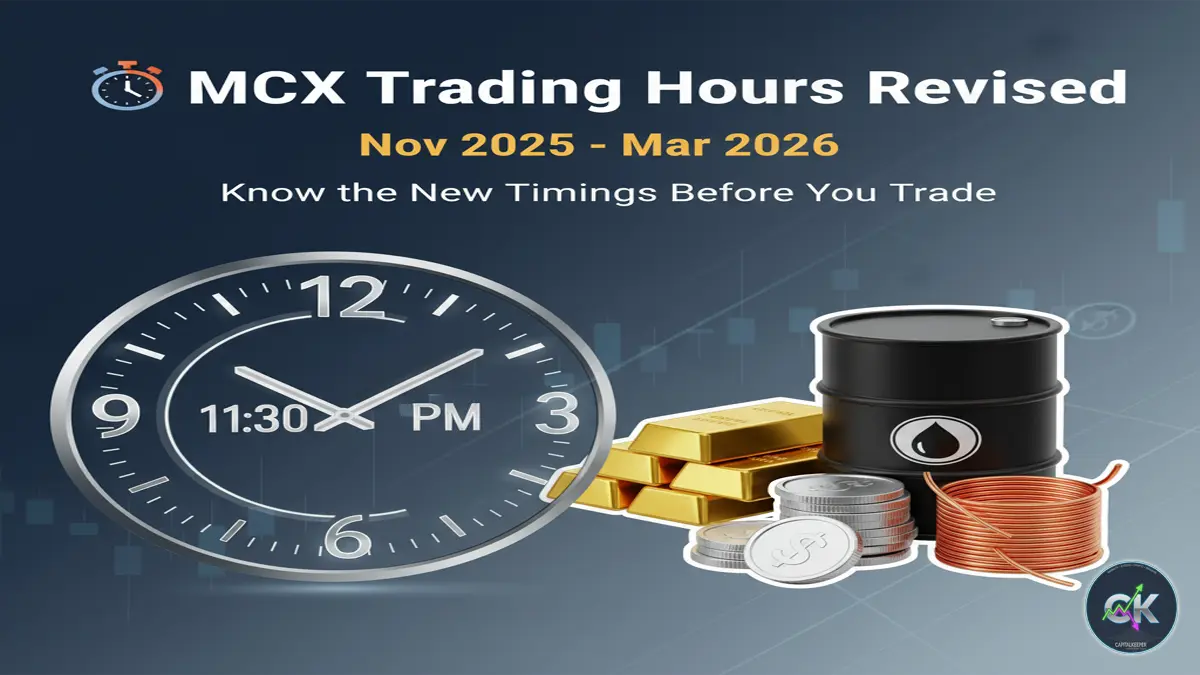


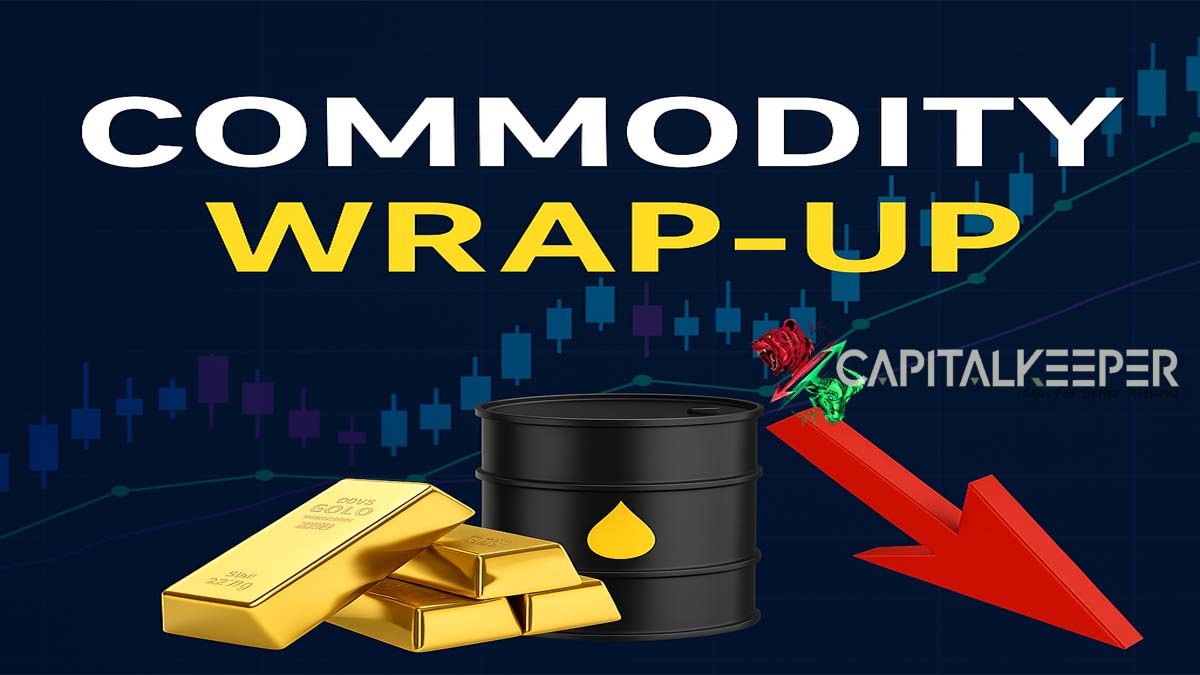
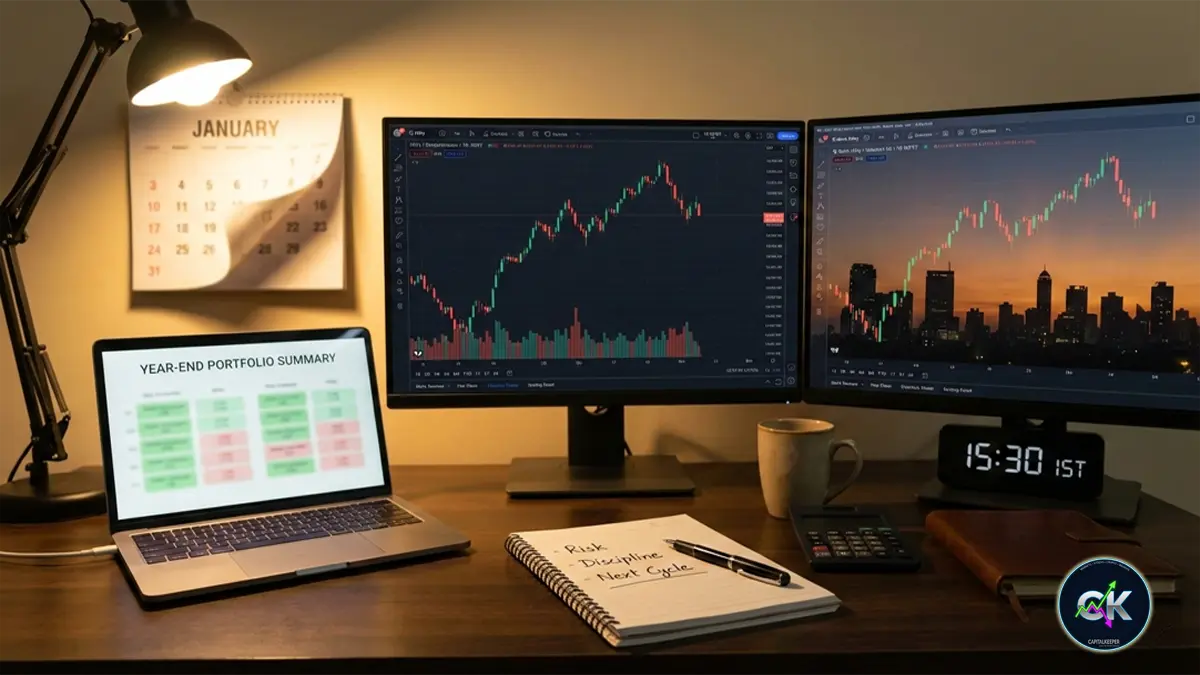
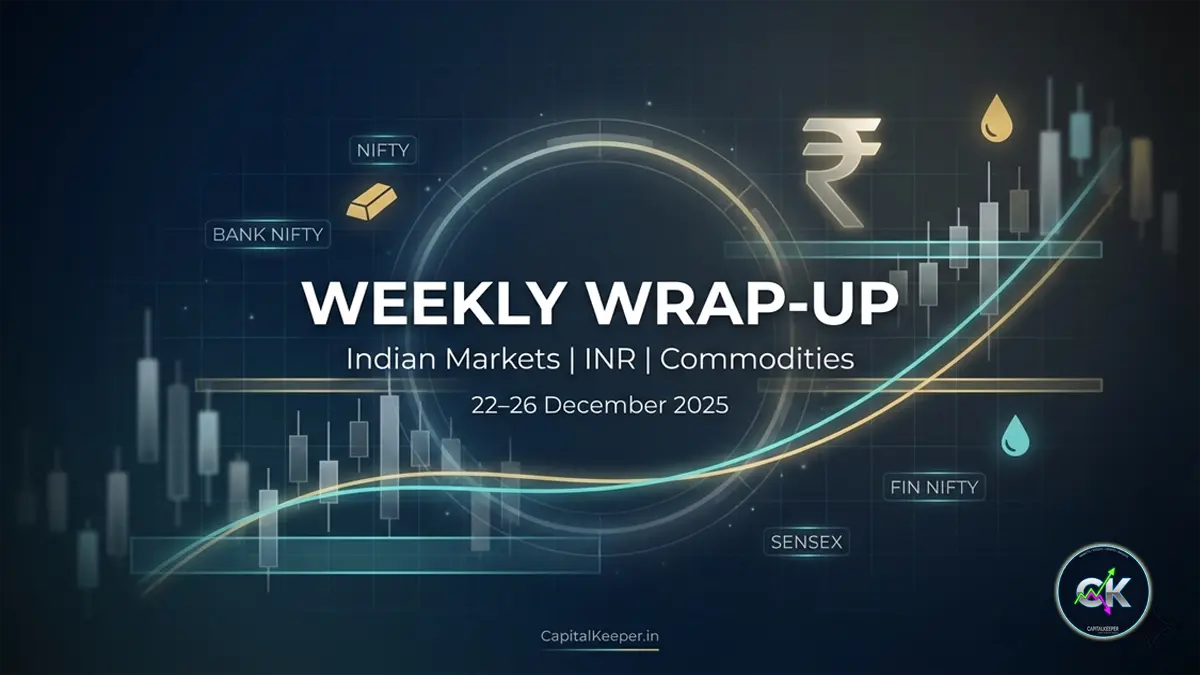
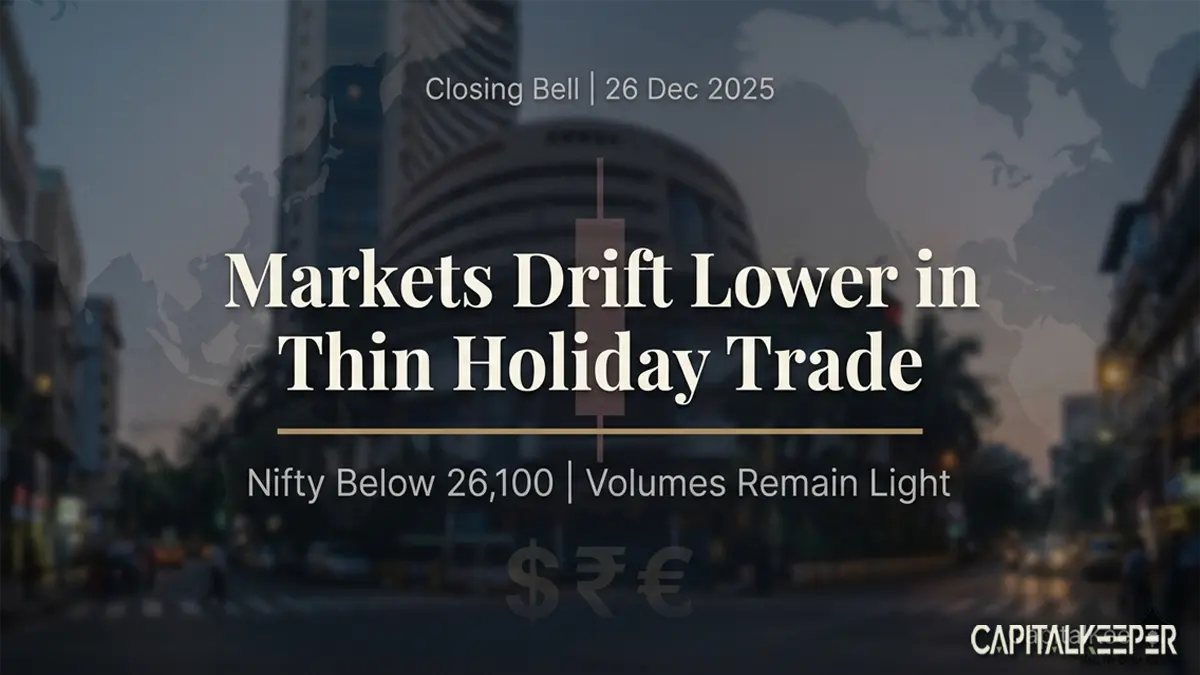

Leave a Reply